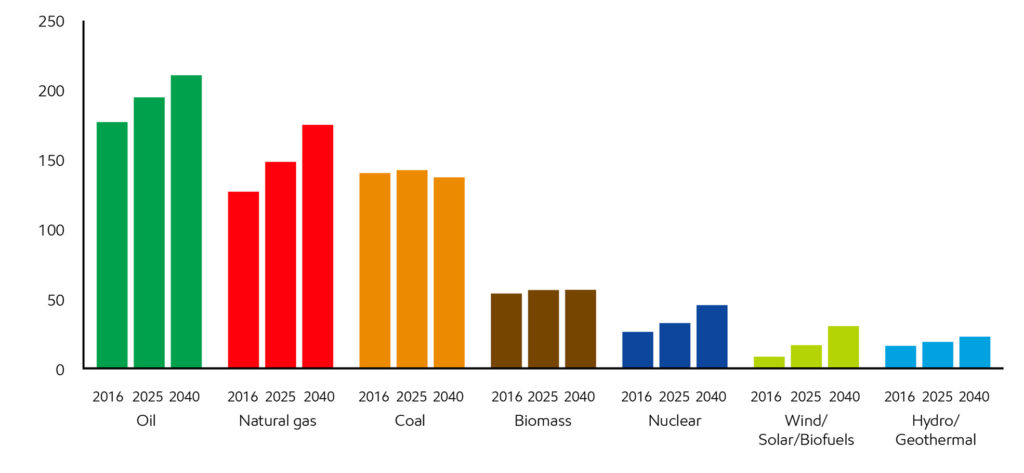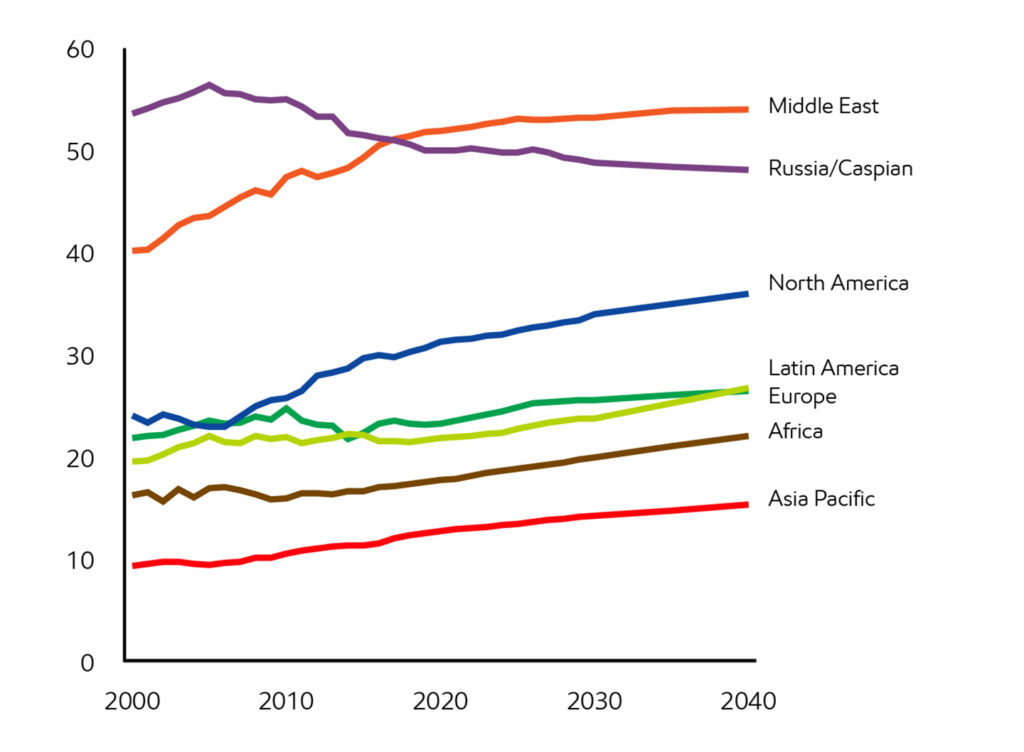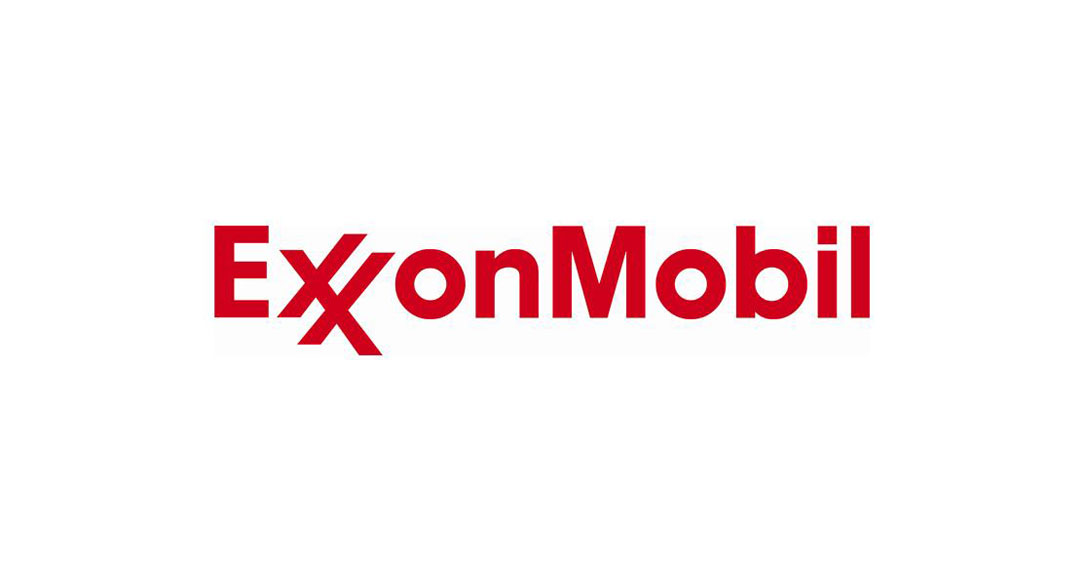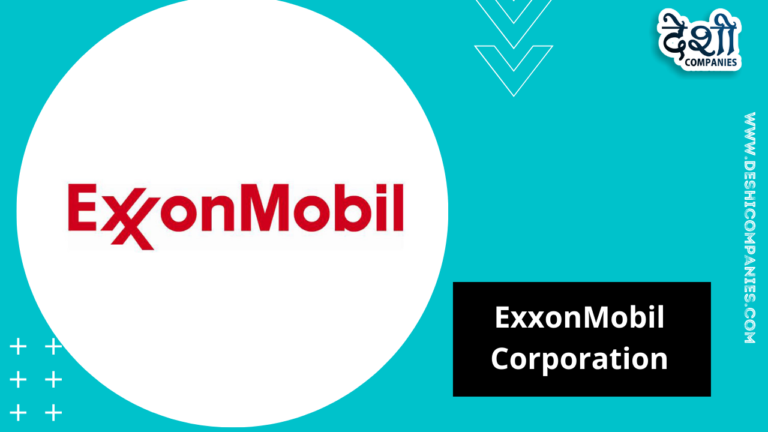ExxonMobil Corporation Wiki, Company Profile, CEO, Solutions, Parent Company, Net Worth, Founder, Company Logo and more
ExxonMobil Corporation is an American company of Energy, Oil and gas. the company headquarter is in Irving, Texas, U.S. It is a Chemicals based company. Exxon make the products that drive modern transportation, power cities, lubricate industry and provide petrochemical building blocks that lead to thousands of consumer goods.
| Points | Information |
| Company Name | ExxonMobil Corporation |
| Date of Establishment | 1999 |
| Establishment Place | United States of America |
| Registered Address | United States, Irving Area, 5959 Las Colinas Boulevard, Texas, OV |
| Networth | US$276.692 billion (2021) |
| CEO | Darren Woods |
| Telephone No. | Data not available |
| Company Status | Active |
| Website | http://corporate.exxonmobil.com/ |
| https://www.facebook.com/ExxonMobil/ | |
| https://www.instagram.com/exxonmobil/ | |
| Data not available |
Establishment
ExxonMobil Corporation established in 1999 by John D. Rockefeller. It is one of the largest publicly traded petroleum and petrochemical enterprises in the world.
- In 1859, Colonel Edwin Drake and Uncle Billy Smith drill the first successful oil well in Titusville, Pennsylvania. The colonel’s discovery triggers an oil boom that parallels the gold rush of a decade earlier.
- In 1870, Rockefeller and his associates form the Standard Oil Company (Ohio), with combined facilities constituting the largest refining capacity of any single firm in the world. The name Standard is chosen to signify high, uniform quality.
- In 1879, Standard Oil Co. purchases a three-quarters interest in Vacuum Oil Company for $200,000. As a lubricants pioneer, Vacuum Oil introduces a number of popular products, including the revolutionary Gargoyle 600-W Steam Cylinder Oil.
- In 1882,Standard Oil lubricates Thomas Edison’s first central generating system. Also in this year, Standard Oil Trust forms to include the Standard Oil Company of New Jersey (Jersey Standard) and the Standard Oil Company of New York (Socony).
- In 1885, The Standard Oil Trust moves its headquarters to 26 Broadway, New York City. The nine-story office building becomes a landmark. The same year, Vacuum develops Gargoyle Arctic engine oils for newly designed generators and motors that operate at speeds of up to 1,000 rpm.
- In 1903, The Wright brothers, Wilbur and Orville, use both Jersey Standard fuel and Mobiloil (Vacuum) lubricants for their historic first flight at Kitty Hawk, North Carolina.
- In 1906, Socony gains a strong foothold in the vast market for kerosene in China by developing small lamps that burned kerosene efficiently. The lamps become known as Mei-Foo, from the Chinese symbols for Socony, meaning “beautiful confidence.”
- In 1911, Following a landmark U.S. Supreme Court decision, Standard Oil breaks up into 34 unrelated companies, including Jersey Standard, Socony and Vacuum Oil. The year also marks the first time Jersey Standard’s sales of kerosene are surpassed by gasoline, a product that in the early days had often been discarded as a nuisance.
- In 1915, Ralph De Palma, winner of the Indianapolis 500, is the first of many Indy winners to use Mobil products. His average speed: 89.84 mph.
- In 1919, Jersey Standard acquires a 50-percent interest in Humble Oil & Refining Company of Texas. It was during this year that Humble, led by its pioneering Chief Geologist Wallace Pratt, employed micropaleontology, the study of microscopic fossils contained in cuttings and core samples from drilling, as an aid in finding oil.
- In 1936, Harlem postman Victor Green creates the Green Book. Often referred to as the “Bible of Black travel,” the Green Book listed service stations, hotels, restaurants and other establishments where Black travelers would be welcomed. Jersey Standard was the only major retail distributor of the Green Book through its network of Esso service stations, which welcomed Black motorists and also provided business opportunities for Black franchisees. The Green Book was published and distributed nationwide until 1967.
- In 1958, Pan American Airways flies its first trans-Atlantic Boeing 707 flight from New York to London. The flight is fueled by Mobil aviation fuel.
- In 1963, Humble invents 3-D seismic technology, a revolution that completely changes the way the industry searches for oil and gas resources. (This breakthrough technology, coupled with the use of massive parallel computers in seismic imaging, has helped our geologists sharply reduce finding costs since the 1980s while increasing new field resource additions.)
- In 1972, Jersey Standard officially changes its name to Exxon Corporation. The name change is approved by Jersey Standard shareholders in a special shareholders’ meeting.
- In 1980, Exxon opens its own facility for environmental health research at East Millstone, New Jersey. Exxon Biomedical Sciences, Inc. conducts research to further assure the safety of Exxon operations and products.
- In 1995, Exxon establishes the Save The Tiger Fund in partnership with the National Fish and Wildlife Foundation. The Save The Tiger Fund is dedicated to supporting the conservation of Asia’s remaining wild tigers. Since its establishment, ExxonMobil has provided $1 million annually in support of the Save The Tiger Fund.
- In 2002, ExxonMobil, joined by other sponsors, initiates the Global Climate and Energy Project (GCEP) at Stanford University — a pioneering research effort to identify technologies that can meet energy demand with dramatically lower greenhouse gas emissions.
- In 2007, Exxon Neftegas Limited (a subsidiary of Exxon Mobil Corporation) completes the drilling of the Z-11 well, the longest measured depth extended-reach drilling (ERD) well in the world. (Located on Sakhalin Island offshore eastern Russia, the record-setting Z-11 achieved a total measured depth of 37,016 feet [11,282 meters], or more than seven miles.)
- In 2015, ExxonMobil safely and successfully drills its first exploration well offshore Guyana. Subsequent exploratory activity will confirm a world-class resource discovery in excess of 8 billion oil-equivalent barrels.
- In 2019, In late 2019, ExxonMobil starts oil production from the Liza field offshore Guyana. This startup comes ahead of schedule and less than five years after the first discovery of hydrocarbons, well ahead of the industry average for deepwater developments.
- In 2021, ExxonMobil created a new business to commercialize its extensive low-carbon technology portfolio. The new business, ExxonMobil Low Carbon Solutions, will initially focus on carbon capture and storage, one of the critical technologies required to achieve net zero emissions and the climate goals outlined in the Paris Agreement.
Climate Solutions
ExxonMobil is committed to helping transform our energy systems and working to reduce emissions in the short-term while also working on advancing decarbonization solutions.
- Advancing climate solutions
- ACS 2022 Progress Report
- Carbon capture and storage
- Hydrogen
- Advanced biofuels
- University and national labs partnerships
Energy and innovation
ExxonMobil has a proven record of successfully meeting society’s evolving demand for energy. With longstanding investments in technology coupled with the ingenuity of our people, are well positioned to continue to responsibly meet the demands of a more prosperous world.
- Energy Outlook
- Innovating Energy Solutions: R&D Highlights
- Lower-emission transportation
- Energy Technology Centers
- Emerging vehicle and fuel technology
- Advanced chemical products
- Digital technology
Exxon Oil
Oil will continue to provide the largest share of the energy mix: essential for transportation and chemicals — supplying about 55 percent of the world’s energy needs through 2040.
ExxonMobil has a long history of research in the fundamental scientific and engineering principles required to develop oil and gas. Many conventional onshore oil fields are maturing. Meeting rising energy demand requires new production from less traditional resources, like oil sands. Most of the world’s remaining reserves are owned or controlled by national governments. Only a fraction of total global oil reserves are accessible for private sector investment, with most of these accessible reserves in Canada’s oil sands. Through the responsible development of its oil sands, Canada continues to play an increasingly important role in meeting rising global energy demand.
Energy supply evolves to meet diverse demand

Exxon Natural Gas
All of the world’s energy sources will be needed to meet rising demand to 2040, but there will be a marked shift toward cleaner fuels, particularly natural gas. Not only are natural gas resources geographically and geologically diverse, abundant, reliable and versatile in use (power generation; residential, commercial, industrial heating and cooking; and even transportation), but also natural gas emits significantly fewer pollutants than coal power generation, including NOx, SOx, particulates, mercury, and up to 60 percent fewer GHGs.
Oil and natural gas technologies, such as horizontal drilling and hydraulic fracturing, have unlocked vast unconventional resources. These supplies have dramatically altered the energy landscape over the past decade, particularly in North America. Natural gas usage is projected to continue to expand rapidly. We expect about 40 percent of the projected growth in global energy demand from 2016 to 2040 will be met by natural gas.
Natural gas meets an increasing share of world demand

Exxon Energy Technologies
ExxonMobil constantly strives to improve performance and streamline our processes in order to improve energy efficiency and reduce environmental impact.
Drilling and production technology
Exxon unique challenge consists of deploying technologies and methods to safely develop a wide range of resources both onshore and offshore in diverse locations around the world.
Hydraulic fracturing
Hydraulic fracturing enables companies like ExxonMobil to access unconventional oil and natural gas resources located in shale and tight-rock formations.
Risk management and safety
ExxonMobil remains steadfast in its commitment to excellence in Safety, Security, Health and Environmental (SSH&E) performance, referred to collectively as Operations Integrity.
Exploration technology
High-resolution seismic data combined with advanced computational analysis enable ExxonMobil to make the most informed exploration, development and production decisions.
Company Logo

If you want to know anything else about the ExxonMobil Corporation. Please comment below we will try to provide information.

